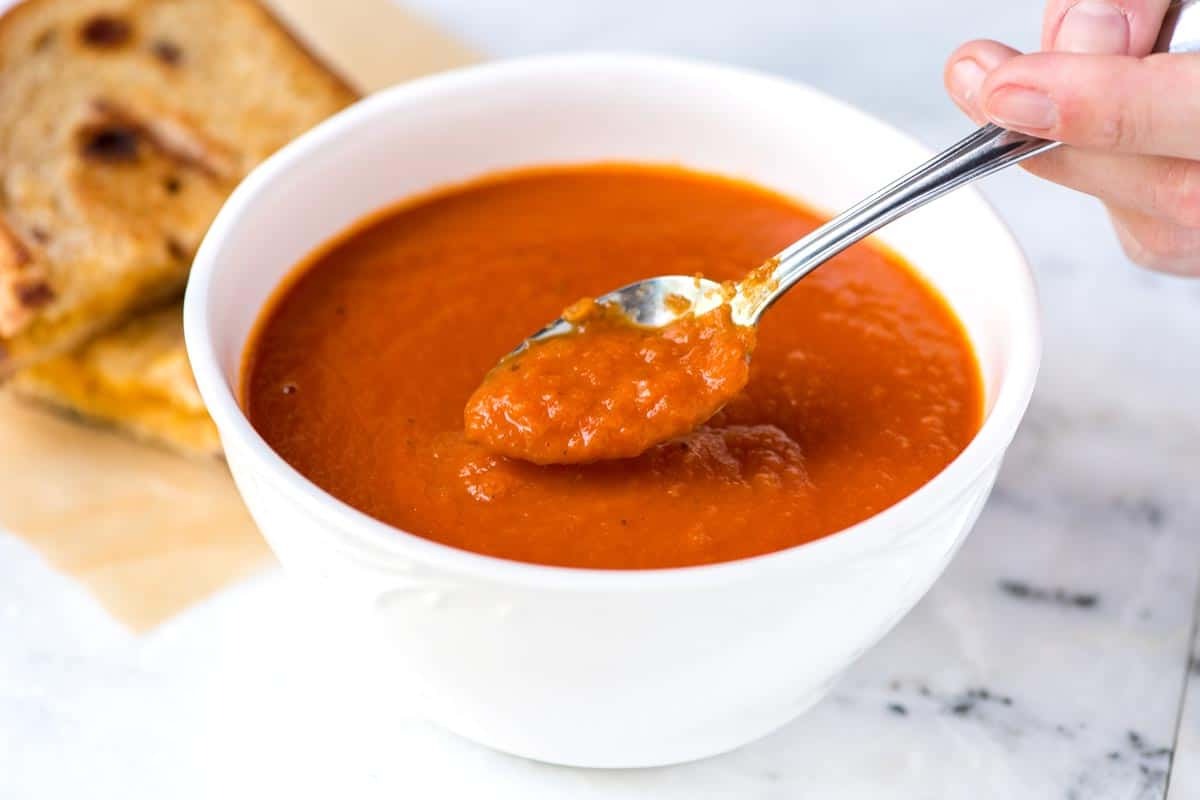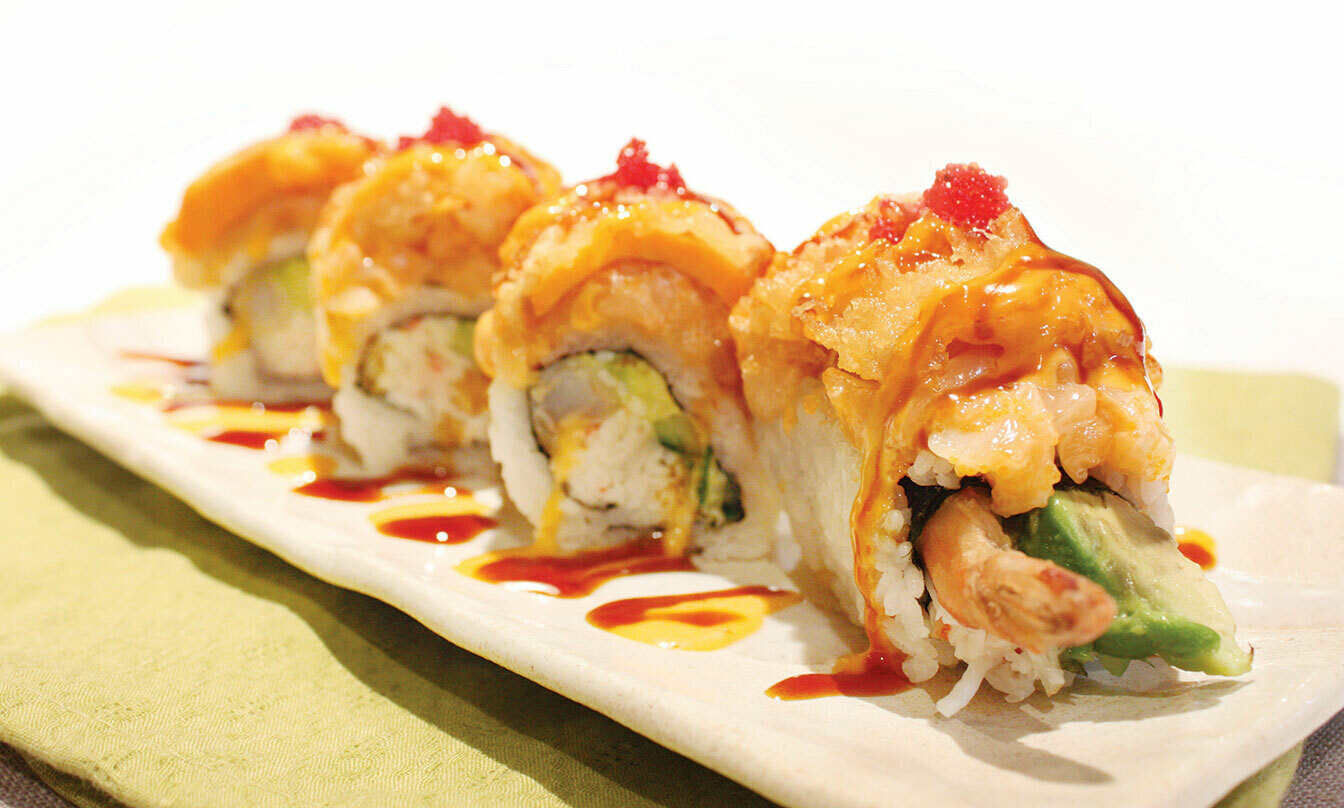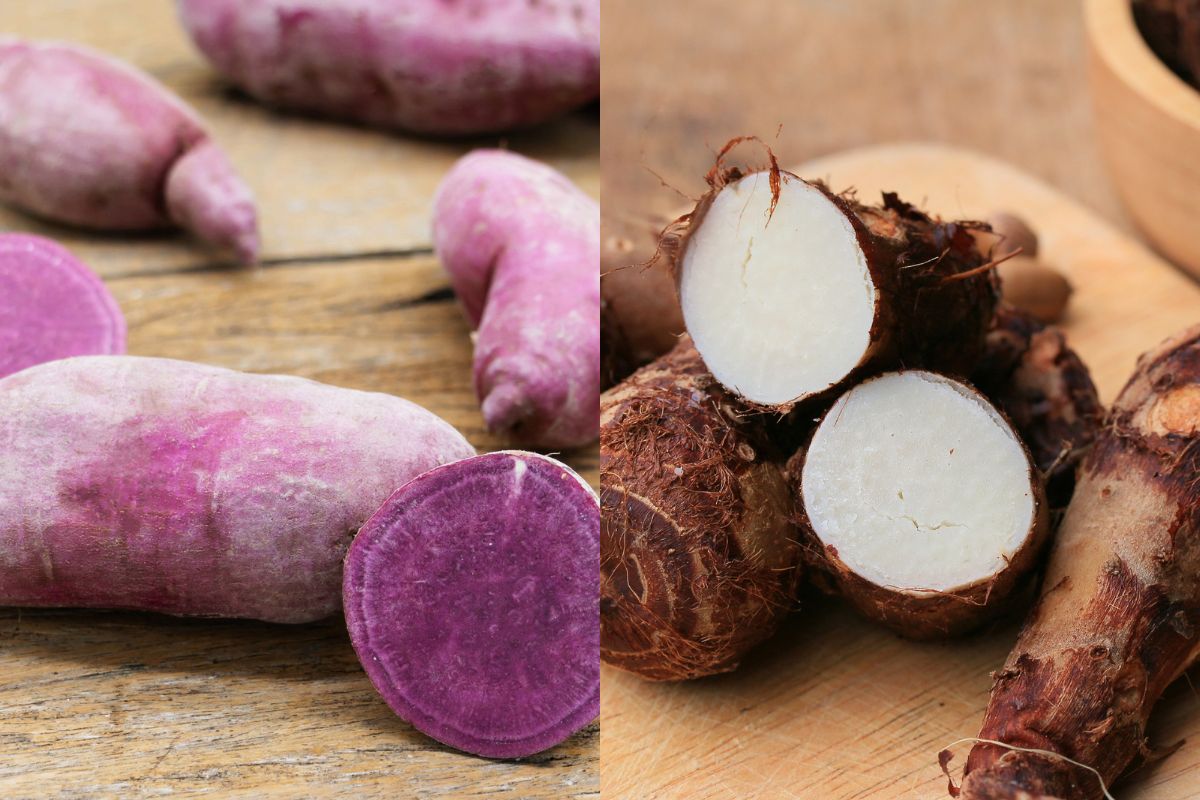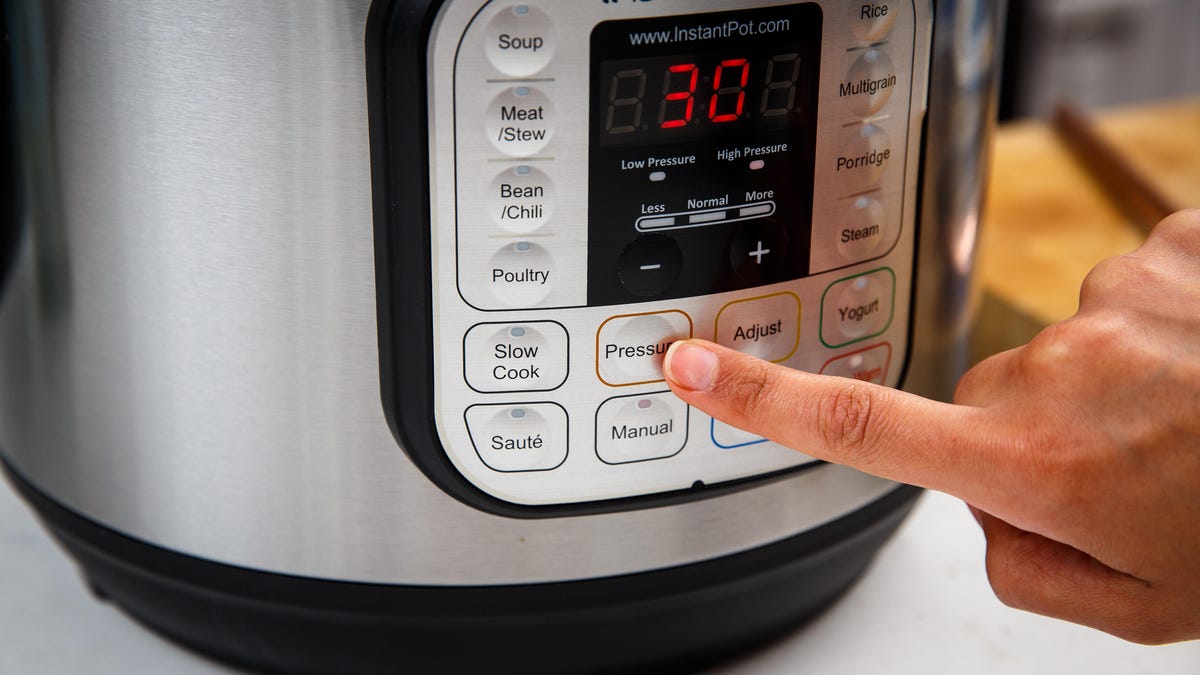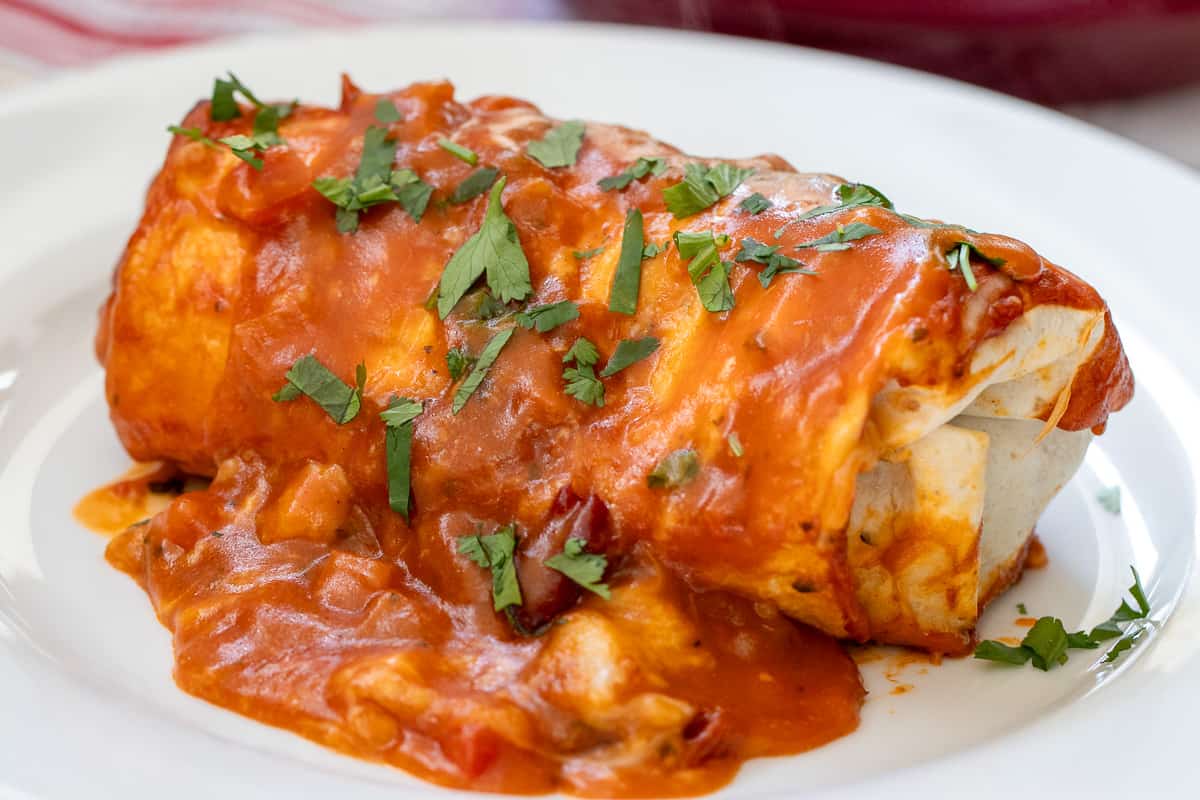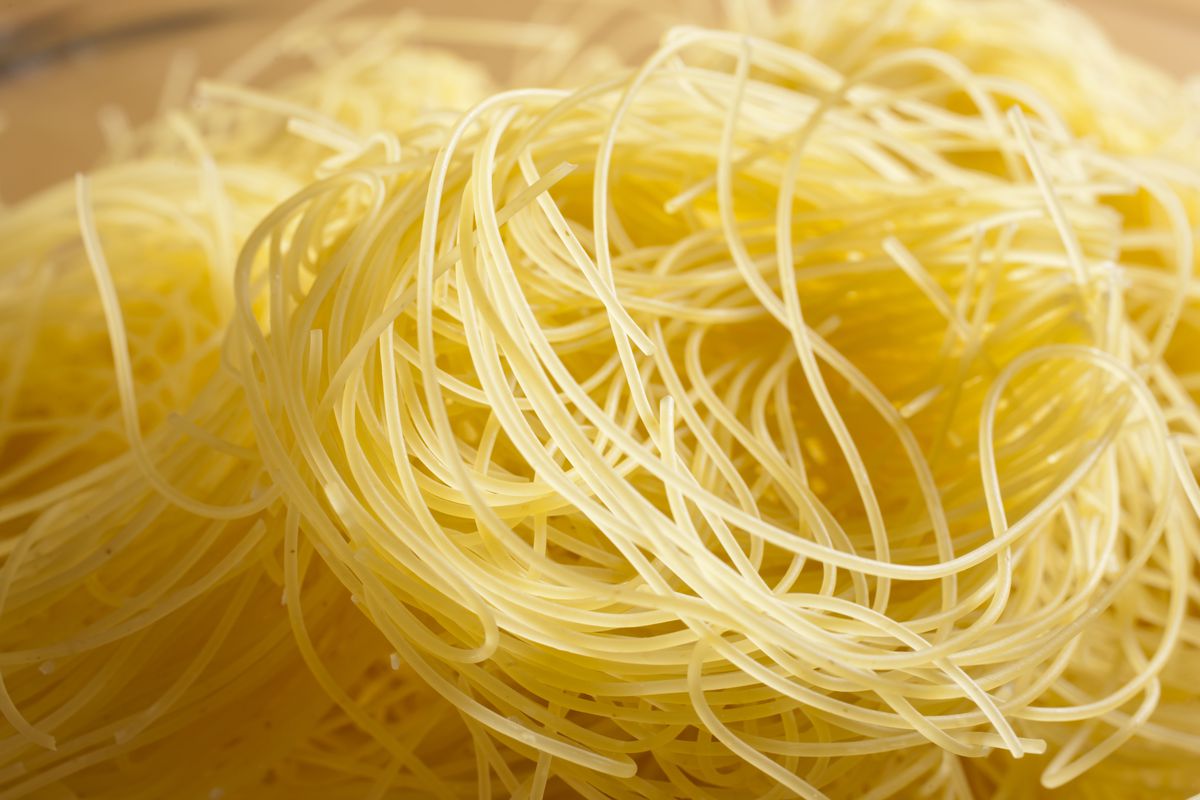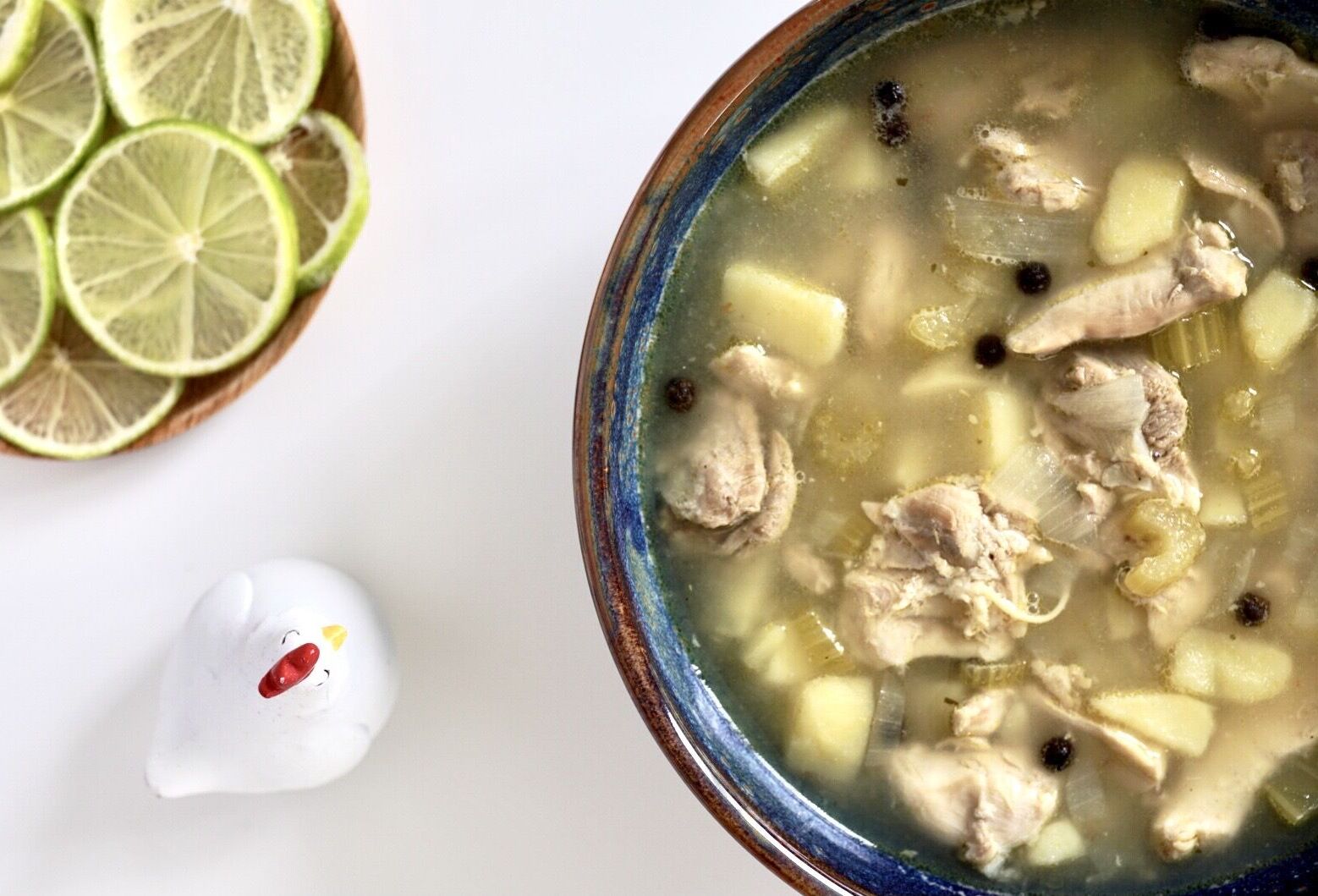Vietnamese Cinnamon vs. Regular Cinnamon: Exploring the Differences
When it comes to cinnamon, most people are familiar with the warm, sweet flavor it adds to dishes and drinks. However, not many are aware that there are different types of cinnamon available, each with its own unique characteristics. Two popular varieties of cinnamon are Vietnamese cinnamon and regular cinnamon, and they differ in several aspects, including flavor, aroma, and usage.
Flavor and Aroma
One of the key differences between Vietnamese cinnamon and regular cinnamon lies in their flavor and aroma. Vietnamese cinnamon, also known as Saigon cinnamon, is prized for its bold, spicy-sweet flavor and potent aroma. It is often described as being more intense and complex compared to regular cinnamon. On the other hand, regular cinnamon, which is typically Ceylon or Cassia cinnamon, has a milder, sweeter flavor with subtle citrus undertones and a more delicate aroma.
Appearance
Visually, Vietnamese cinnamon and regular cinnamon can also be distinguished by their appearance. Vietnamese cinnamon tends to have a deep reddish-brown color and a thicker bark, while regular cinnamon is lighter in color and has a thinner, more delicate bark. The difference in appearance is a result of the distinct species of cinnamon trees from which they are derived.
Usage
Both Vietnamese cinnamon and regular cinnamon are widely used in cooking and baking, but they are suited for different purposes. Due to its robust flavor, Vietnamese cinnamon is often favored in dishes that require a more pronounced cinnamon taste, such as spiced desserts, curries, and savory dishes. Regular cinnamon, with its milder profile, is commonly used in sweet treats like cinnamon rolls, apple pies, and hot beverages.
Health Benefits
When it comes to health benefits, both types of cinnamon contain compounds that are believed to have antioxidant and anti-inflammatory properties. However, Vietnamese cinnamon is known to have higher levels of cinnamaldehyde, the compound responsible for its distinctive flavor, which may offer additional health benefits. It’s important to note that consuming large amounts of any type of cinnamon should be done in moderation, as excessive intake may have adverse effects.
Availability and Cost
In terms of availability and cost, Vietnamese cinnamon is generally less common and more expensive than regular cinnamon. This is partly due to the limited geographical region where it is cultivated and the labor-intensive process involved in harvesting and processing the bark. Regular cinnamon, being more widely produced and distributed, is more readily available and tends to be more affordable.
Conclusion
While both Vietnamese cinnamon and regular cinnamon share the same characteristic warmth and sweetness that we love, their differences in flavor, aroma, appearance, usage, and availability make each type unique in its own right. Whether you’re looking to add a bold kick to your dishes with Vietnamese cinnamon or a subtle sweetness with regular cinnamon, understanding the distinctions between the two can elevate your culinary experiences and help you make informed choices when selecting the perfect cinnamon for your recipes.
Next time you reach for that jar of cinnamon, consider the nuances of Vietnamese cinnamon versus regular cinnamon, and let your taste buds embark on a flavorful journey!
